Revisiting Magnetic Shielding For The Pass Labs XP-25 Phono Preamp

DarqueKnight
Posts: 6,765
Introduction
The Pass Labs XP-25 phono stage is sensitive to magnetic fields, unlike my previous phono stage, the Pass Labs Xono. The magnetic fields radiating from amplifier transformers are leakage fields and are usually weak and usually present no induced hum problems to most nearby audio electronics. A magnetic shield consisting of sheets of 18 gauge cold rolled steel reduced hum caused by my former Parasound Halo JC 1 power amp to inaudibility at the listening position. Upgrading to more powerful monoblock power amplifiers In 2013 made the hum barely audible when music was not playing. I decided to revisit magnetic shielding for the XP-25 since I have had a few equipment changes since the XP-25 was purchased in November of 2011. At that time I was using Parasound JC 1 monoblock power amps and a Pass Labs X0.2 preamp. Those components were replaced in 2013 with Pass Labs X600.5 monoblock power amps and a Pass Labs XP-30 preamp. Recently, the XP-25's generic DB25 power umbilical was replaced with a high performance Revelation Audio Labs DB25 umbilical.
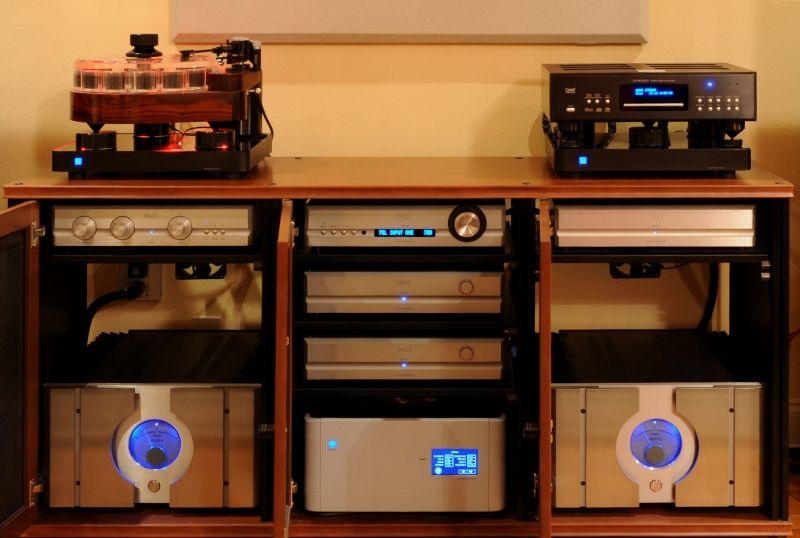
Figure 1. The XP-25 control chassis sits 13" above the left X600.5 amplifier.
Test Procedure
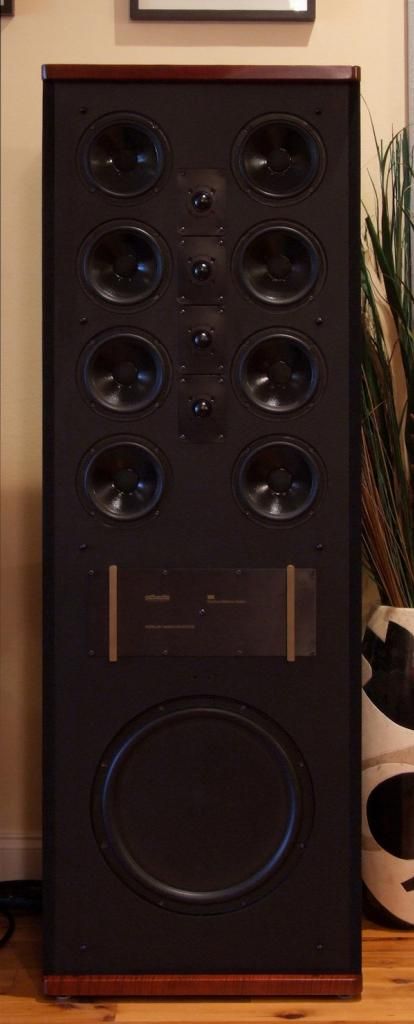
Figure 2. Right side Polk Audio SDA SRS 1.2TL loudspeaker.
A Dayton Audio OmniMic system was used to take noise spectrum (Fast Fourier Transform) measurements of the induced hum levels. The microphone was placed 3 inches from the center of the third-from-top outside edge driver of the left speaker. Measurements were taken with the volume control of the XP-30 preamp at maximum. The XP-30's volume levels are in 1 dB steps ranging from 0 to 99. A volume level of 68 for records typically results in an average sound pressure level of 85 dB-C at the listening position. My home's air conditioning was turned off.
The following shielding plates were evaluated:
1. A stack of four 5.5" x 17.5" 18 gauge (0.0478" thick each) cold rolled steel sheets. Total thickness 0.1912". Cost was $30.27.
2. A stack of four 19.5" x 17.5" 18 gauge (0.0478" thick each) cold rolled steel sheets. Total thickness 0.1912". Cost was $60.89.
3. A stack of three mu metal sheets, 17.5" x 12", with thicknesses 0.004", 0.006", and 0.010" (total thickness 0.020"). Cost was $191.31.
4. A single mu metal sheet 13" x 17", 0.062" (1/16th inch) thick. Cost was $258.72.
The best noise attenuation was provided by the single 0.062" mu metal sheet. The vendor for the steel sheets was All Metals, Inc. (www.allmetalsinc.com). The vendor for the mu metal sheets was MuShield (www.mushield.com).
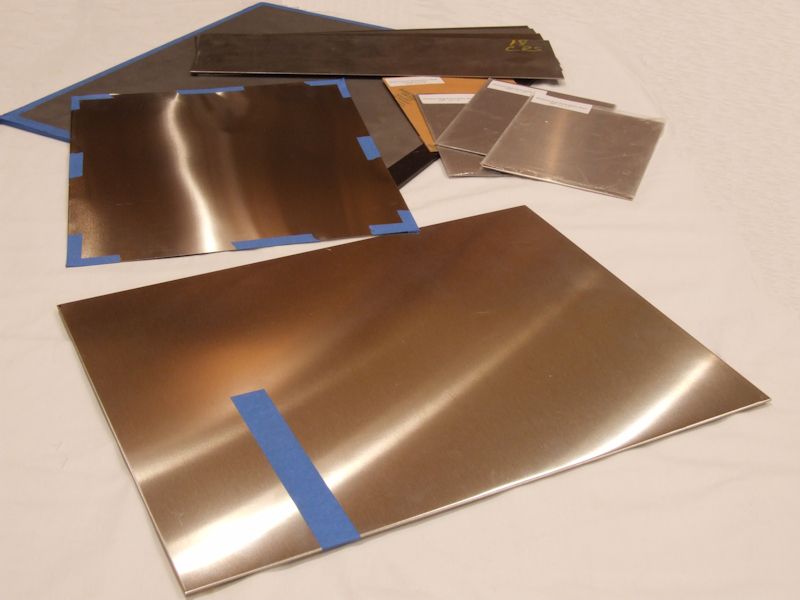
Figure 3. Shielding materials. Foreground and middle: mu metal. Rear: cold rolled steel.
Measurements
Figures 4-6 are for the stock generic DB25 umbilical with no shielding plates. The steady state amplitudes of the induced 60 Hz hum and its harmonics at 120 Hz, 180 Hz, and 300 Hz were augmented every 45 to 90 seconds by spurious noise shown in figures 5 and 6. The spurious noise sounded like a "whoosing" white noise kind of sound in addition to the hum.
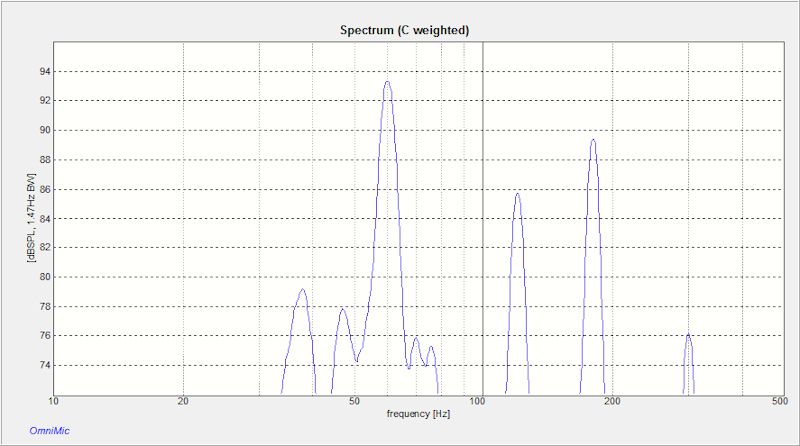
Figure 4. Unshielded stock DB25 umbilical steady state noise spectrum.
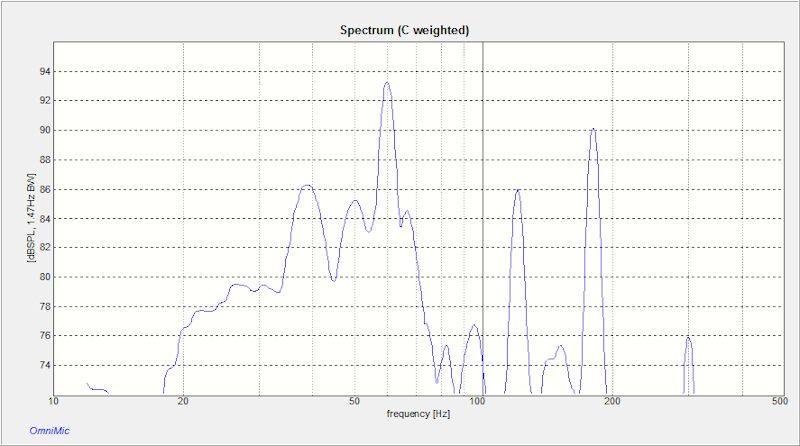
Figure 5. Unshielded stock DB25 umbilical spurious noise spectrum.
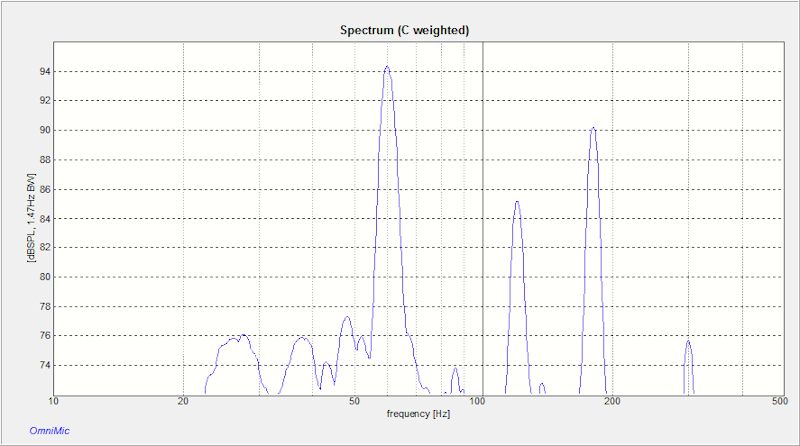
Figure 6. Unshielded stock DB25 umbilical spurious noise spectrum.
Figures 7 and 8 show that the hum frequency amplitudes were significantly reduced by the 0.062" mu metal sheet, but there were still flashes of spurious noise, the amplitudes of which were also significantly reduced.
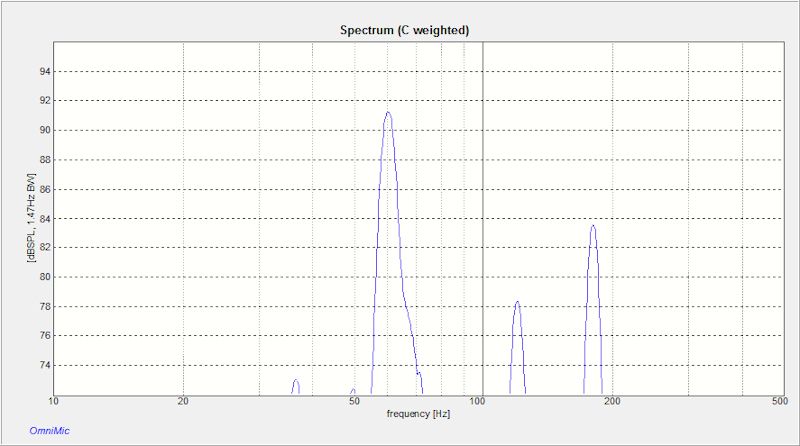
Figure 7. Shielded stock DB25 umbilical steady state noise spectrum.
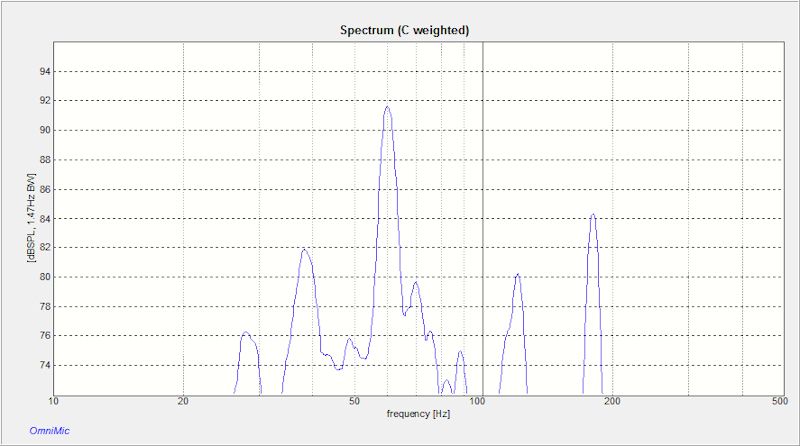
Figure 8. Shielded stock DB25 umbilical spurious noise spectrum.
In addition to providing more attenuation to the amp's magnetic field, the Revelation Audio Labs heavily shielded DB25 umbilical also stopped the spurious noise episodes. Figures 10-16 show the noise spectrum of the 60 Hz magnetic field with the RAL umbilical going from no shielding to cold rolled steel shielding to mu metal shielding.
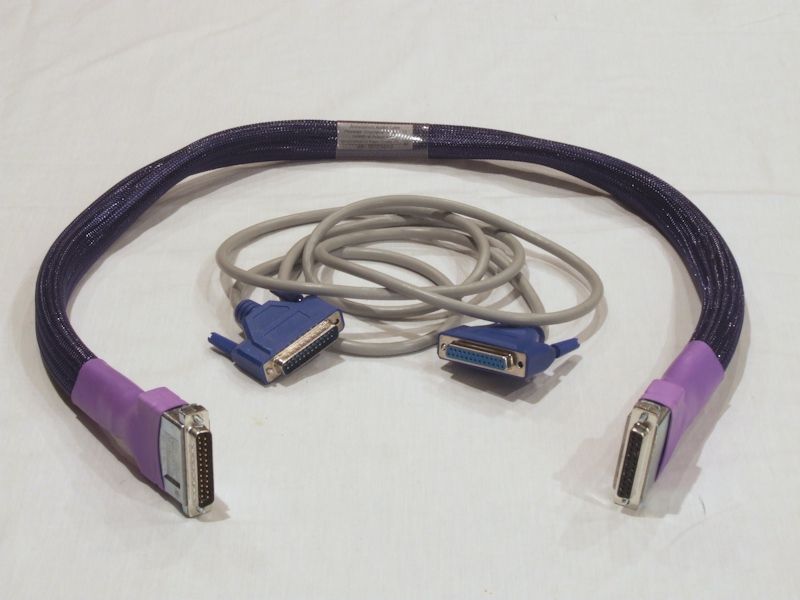
Figure 9. RAL DB25 power umbilical (the big one) and the stock generic DB25 umbilical.
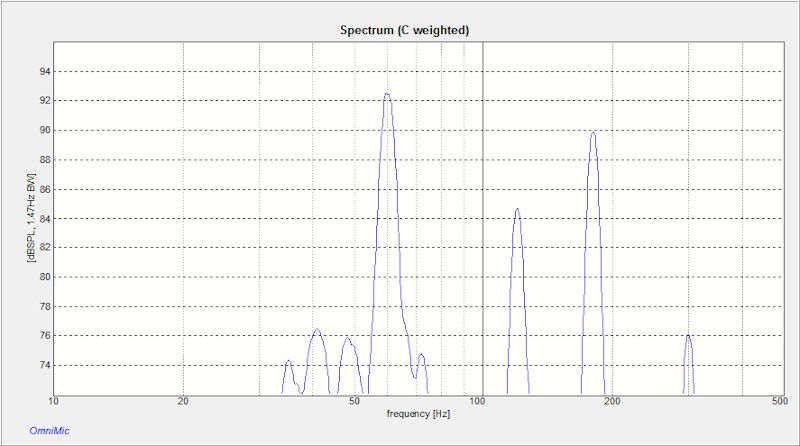
Figure 10. RAL DB25 umbilical with no shielding plates.
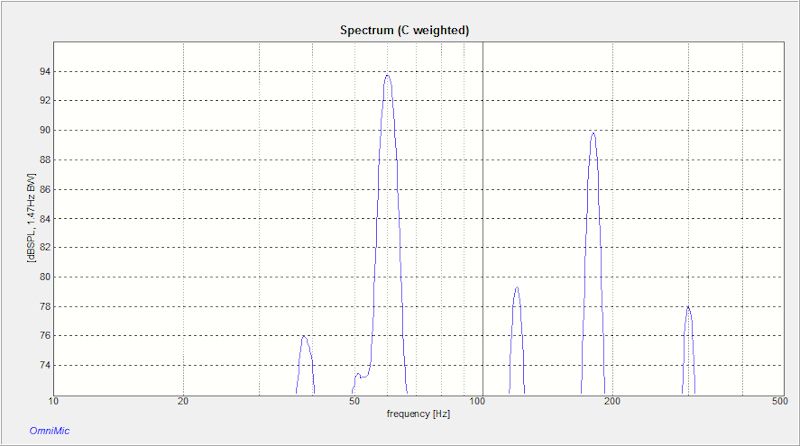
Figure 11. RAL DB25 umbilical with stack of four 18 gauge 5.5" x 17.5" cold rolled steel shielding plates.
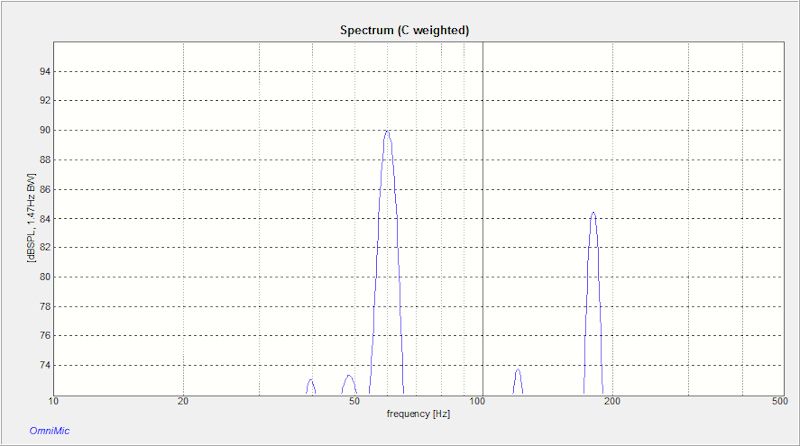
Figure 12. RAL DB25 umbilical with stack of four 18 gauge 19.5" x 17.5" cold rolled steel shielding plates.
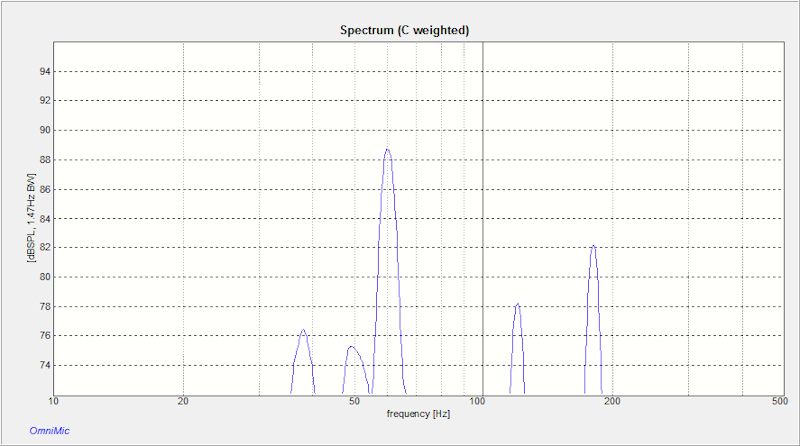
Figure 13. RAL DB25 umbilical with stack of three 12" x 17" mu metal shielding plates, 0.004", 0.006",
0.010" thick.
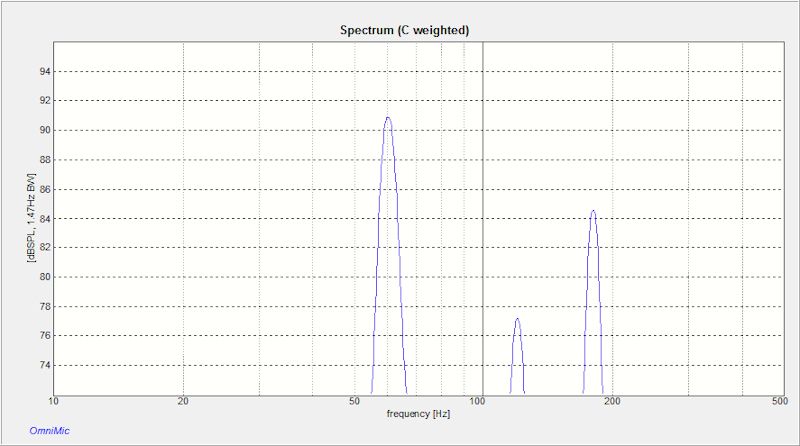
Figure 14. RAL DB25 umbilical with one 13" x 17" mu metal shielding plates, 0.062" thick.
As I was sliding the mu metal sheets under the XP-25, I noticed that the hum would decrease up to the point of a few inches of the mu metal sticking out from the front, and then increase a little as the mu metal sheet was slid all the way under the XP-25. Figures 15 and 16 show the noise spectrum when the 0.062" sheet had 3" and 4" sticking out.

Figure 15. RAL DB25 umbilical with 3" of the 0.062" mu metal sheet sticking out.
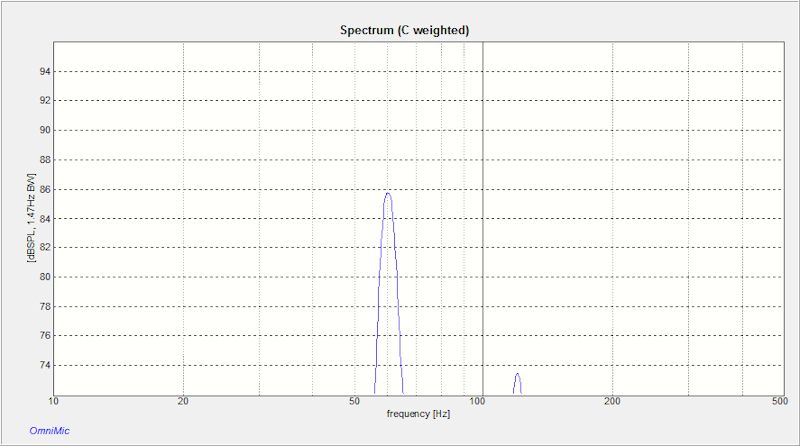
Figure 16. RAL DB25 umbilical with 4" of the 0.062" mu metal sheet sticking out.

Figure 17. Side-by-side FFT plots of unshielded stock DB25 on left and unshielded RAL DB25 on right.

Figure 18. Side-by-side FFT plots of shielded stock DB25 on left and shielded RAL DB25 on right (single
0.062" thick sheet).
Conclusion
The best noise attenuation was provided by the single 0.062" thick mu metal sheet. Adding additional sheets of mu metal (0.004", 0.006", 0.010" thick) did not reduce the sound and measured amplitude of the hum frequencies further. Thick felt pads were attached to the underside of the mu metal sheet to make it easier to slide in place. When switching back and forth between the phono input and any other input with the volume set at 68, the other inputs were absolutely quiet and there was a barely perceptible hum on the phono input. I cannot hear the hum while playing records, not even during the lead in, lead out, and between tracks grooves. There was a small improvement in overall clarity and image weight with the mu metal shield.
A hum shield consisting of a single sheet is not an optimum solution. The optimum solution, a complete enclosure with rounded corners, was not practical. The best, and no cost, solution would have been to place the XP-25's control chassis on top of the equipment cabinet between the source components, where it would have been out of range of the X600.5's magnetic field. That was aesthetically undesirable. The second best placement, which was also aesthetically undesirable, would have been to place both of the XP-25's chassis on the lower middle shelves below the XP-30's control chassis. At those locations the magnetic fields of the X600.5s is significantly weaker. Placing the XP-30's channel modules above the X600.5s would have produced no hum effects as the XP-30 is not sensitive to the X600.5's magnetic field.
References
Pass Labs XP-25 Phono Stage Review
Revelation Audio Labs Passage CryoSilver Reference DB25 Power Cable Review
The Pass Labs XP-25 phono stage is sensitive to magnetic fields, unlike my previous phono stage, the Pass Labs Xono. The magnetic fields radiating from amplifier transformers are leakage fields and are usually weak and usually present no induced hum problems to most nearby audio electronics. A magnetic shield consisting of sheets of 18 gauge cold rolled steel reduced hum caused by my former Parasound Halo JC 1 power amp to inaudibility at the listening position. Upgrading to more powerful monoblock power amplifiers In 2013 made the hum barely audible when music was not playing. I decided to revisit magnetic shielding for the XP-25 since I have had a few equipment changes since the XP-25 was purchased in November of 2011. At that time I was using Parasound JC 1 monoblock power amps and a Pass Labs X0.2 preamp. Those components were replaced in 2013 with Pass Labs X600.5 monoblock power amps and a Pass Labs XP-30 preamp. Recently, the XP-25's generic DB25 power umbilical was replaced with a high performance Revelation Audio Labs DB25 umbilical.

Figure 1. The XP-25 control chassis sits 13" above the left X600.5 amplifier.
Test Procedure

Figure 2. Right side Polk Audio SDA SRS 1.2TL loudspeaker.
A Dayton Audio OmniMic system was used to take noise spectrum (Fast Fourier Transform) measurements of the induced hum levels. The microphone was placed 3 inches from the center of the third-from-top outside edge driver of the left speaker. Measurements were taken with the volume control of the XP-30 preamp at maximum. The XP-30's volume levels are in 1 dB steps ranging from 0 to 99. A volume level of 68 for records typically results in an average sound pressure level of 85 dB-C at the listening position. My home's air conditioning was turned off.
The following shielding plates were evaluated:
1. A stack of four 5.5" x 17.5" 18 gauge (0.0478" thick each) cold rolled steel sheets. Total thickness 0.1912". Cost was $30.27.
2. A stack of four 19.5" x 17.5" 18 gauge (0.0478" thick each) cold rolled steel sheets. Total thickness 0.1912". Cost was $60.89.
3. A stack of three mu metal sheets, 17.5" x 12", with thicknesses 0.004", 0.006", and 0.010" (total thickness 0.020"). Cost was $191.31.
4. A single mu metal sheet 13" x 17", 0.062" (1/16th inch) thick. Cost was $258.72.
The best noise attenuation was provided by the single 0.062" mu metal sheet. The vendor for the steel sheets was All Metals, Inc. (www.allmetalsinc.com). The vendor for the mu metal sheets was MuShield (www.mushield.com).

Figure 3. Shielding materials. Foreground and middle: mu metal. Rear: cold rolled steel.
Measurements
Figures 4-6 are for the stock generic DB25 umbilical with no shielding plates. The steady state amplitudes of the induced 60 Hz hum and its harmonics at 120 Hz, 180 Hz, and 300 Hz were augmented every 45 to 90 seconds by spurious noise shown in figures 5 and 6. The spurious noise sounded like a "whoosing" white noise kind of sound in addition to the hum.

Figure 4. Unshielded stock DB25 umbilical steady state noise spectrum.

Figure 5. Unshielded stock DB25 umbilical spurious noise spectrum.

Figure 6. Unshielded stock DB25 umbilical spurious noise spectrum.
Figures 7 and 8 show that the hum frequency amplitudes were significantly reduced by the 0.062" mu metal sheet, but there were still flashes of spurious noise, the amplitudes of which were also significantly reduced.

Figure 7. Shielded stock DB25 umbilical steady state noise spectrum.

Figure 8. Shielded stock DB25 umbilical spurious noise spectrum.
In addition to providing more attenuation to the amp's magnetic field, the Revelation Audio Labs heavily shielded DB25 umbilical also stopped the spurious noise episodes. Figures 10-16 show the noise spectrum of the 60 Hz magnetic field with the RAL umbilical going from no shielding to cold rolled steel shielding to mu metal shielding.

Figure 9. RAL DB25 power umbilical (the big one) and the stock generic DB25 umbilical.

Figure 10. RAL DB25 umbilical with no shielding plates.

Figure 11. RAL DB25 umbilical with stack of four 18 gauge 5.5" x 17.5" cold rolled steel shielding plates.

Figure 12. RAL DB25 umbilical with stack of four 18 gauge 19.5" x 17.5" cold rolled steel shielding plates.

Figure 13. RAL DB25 umbilical with stack of three 12" x 17" mu metal shielding plates, 0.004", 0.006",
0.010" thick.

Figure 14. RAL DB25 umbilical with one 13" x 17" mu metal shielding plates, 0.062" thick.
As I was sliding the mu metal sheets under the XP-25, I noticed that the hum would decrease up to the point of a few inches of the mu metal sticking out from the front, and then increase a little as the mu metal sheet was slid all the way under the XP-25. Figures 15 and 16 show the noise spectrum when the 0.062" sheet had 3" and 4" sticking out.

Figure 15. RAL DB25 umbilical with 3" of the 0.062" mu metal sheet sticking out.

Figure 16. RAL DB25 umbilical with 4" of the 0.062" mu metal sheet sticking out.

Figure 17. Side-by-side FFT plots of unshielded stock DB25 on left and unshielded RAL DB25 on right.

Figure 18. Side-by-side FFT plots of shielded stock DB25 on left and shielded RAL DB25 on right (single
0.062" thick sheet).
Table 1. Attenuation of 60 Hz and Harmonic Hum Frequencies By Shielding Type
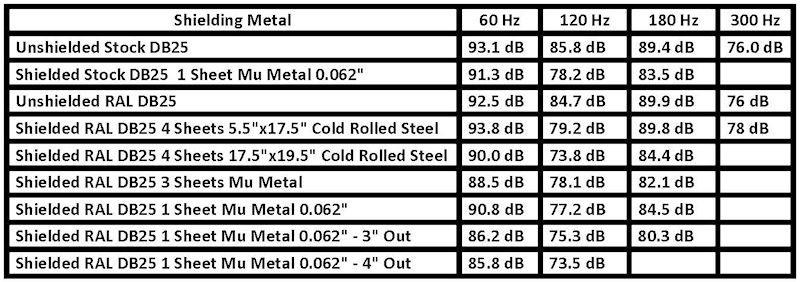

Conclusion
The best noise attenuation was provided by the single 0.062" thick mu metal sheet. Adding additional sheets of mu metal (0.004", 0.006", 0.010" thick) did not reduce the sound and measured amplitude of the hum frequencies further. Thick felt pads were attached to the underside of the mu metal sheet to make it easier to slide in place. When switching back and forth between the phono input and any other input with the volume set at 68, the other inputs were absolutely quiet and there was a barely perceptible hum on the phono input. I cannot hear the hum while playing records, not even during the lead in, lead out, and between tracks grooves. There was a small improvement in overall clarity and image weight with the mu metal shield.
A hum shield consisting of a single sheet is not an optimum solution. The optimum solution, a complete enclosure with rounded corners, was not practical. The best, and no cost, solution would have been to place the XP-25's control chassis on top of the equipment cabinet between the source components, where it would have been out of range of the X600.5's magnetic field. That was aesthetically undesirable. The second best placement, which was also aesthetically undesirable, would have been to place both of the XP-25's chassis on the lower middle shelves below the XP-30's control chassis. At those locations the magnetic fields of the X600.5s is significantly weaker. Placing the XP-30's channel modules above the X600.5s would have produced no hum effects as the XP-30 is not sensitive to the X600.5's magnetic field.
References
Pass Labs XP-25 Phono Stage Review
Revelation Audio Labs Passage CryoSilver Reference DB25 Power Cable Review
Proud and loyal citizen of the Digital Domain and Solid State Country!
Post edited by DarqueKnight on
Comments
-
I must be missing something. If we are measuring a pre-amp what does a loudspeaker and a microphone have to do with it?
If you want to measure the entire system replace the loudspeaker with a dummy load and measure the voltage across it. -
Speedskater wrote: »I must be missing something. If we are measuring a pre-amp what does a loudspeaker and a microphone have to do with it?
He's showing the audible hum produced from the phono input using the speakers and a mic."....not everything that can be counted counts, and not everything that counts can be counted." William Bruce Cameron, Informal Sociology: A Casual Introduction to Sociological Thinking (1963) -
I imagine the RAL shielded cable would work better than the plastic Pass cable, especially for the phono. When I asked RAL if I could get finger screws such as Pass uses, he said that would possibly affect the shielding capability. But it sure would have made it easier to screw on.
 Lumin X1 file player, Westminster Labs interconnect cable
Lumin X1 file player, Westminster Labs interconnect cable
Sony XA-5400ES SACD; Pass XP-22 pre; X600.5 amps
Magico S5 MKII Mcast Rose speakers; SPOD spikes
Shunyata Triton v3/Typhon QR on source, Denali 2000 (2) on amps
Shunyata Sigma XLR analog ICs, Sigma speaker cables
Shunyata Sigma HC (2), Sigma Analog, Sigma Digital, Z Anaconda (3) power cables
Mapleshade Samson V.3 four shelf solid maple rack, Micropoint brass footers
Three 20 amp circuits. -
The XP-30's volume levels are in 1 dB steps ranging from 0 to 99.
For whatever reason, Pass calibrated the XP-20 to be between 0 and 83. I assumed it went 0 to 100. Big mistake. A couple of weeks ago I was testing my RAL cable to see how loud it would play. At 83 I am thinking this is too loud, even though it still sounded great. Just as I was about to lower the volume, the right channel went quiet. Turns out I blew the tweeter and mid-range in my right Magico S5. At 83 I was thinking I had some headroom. Oh well, live and learn.Lumin X1 file player, Westminster Labs interconnect cable
Sony XA-5400ES SACD; Pass XP-22 pre; X600.5 amps
Magico S5 MKII Mcast Rose speakers; SPOD spikes
Shunyata Triton v3/Typhon QR on source, Denali 2000 (2) on amps
Shunyata Sigma XLR analog ICs, Sigma speaker cables
Shunyata Sigma HC (2), Sigma Analog, Sigma Digital, Z Anaconda (3) power cables
Mapleshade Samson V.3 four shelf solid maple rack, Micropoint brass footers
Three 20 amp circuits. -
Nothing like reducing the accuracy and repeatability of a simple test.EndersShadow wrote: »He's showing the audible hum produced from the phono input using the speakers and a mic. -
I love your setup and stereo. I also use outdated speakers and I love LOVE this setup. I have the Pass Labs XP30/25 XA200.5 Mono-blocks, PS Audio P10 Sony XA5400es SACD/CD JBL 4345 also BoB Carver Black Beauties in red with JBL L250Ti speakers. I'm not sold on newer speakers as I am new stereo gear. I think my old speakers will run laps around these little woofers.....I'll keep my 18" woofers! I love this guys posts and look forward to many more! Because of you I've upgraded my fuses as you have and I thank you for all the information and help you post. Keep up the great work. Rob B in KCMO
-
I love your setup and stereo. I also use outdated speakers and I love LOVE this setup. I have the Pass Labs XP30/25 XA200.5 Mono-blocks, PS Audio P10 Sony XA5400es SACD/CD JBL 4345 also BoB Carver Black Beauties in red with JBL L250Ti speakers. I'm not sold on newer speakers as I am new stereo gear. I think my old speakers will run laps around these little woofers.....I'll keep my 18" woofers! I love this guys posts and look forward to many more! Because of you I've upgraded my fuses as you have and I thank you for all the information and help you post. Keep up the great work. Rob B in KCMO
You have some nice gear, and while I am sure the JBLs are great speakers, speaker technology has also advanced over the last 30 years. If they work for you then great, but be careful not to shortchange yourself by thinking something that was great 30 years ago will hang with today's speakers.
Lumin X1 file player, Westminster Labs interconnect cable
Sony XA-5400ES SACD; Pass XP-22 pre; X600.5 amps
Magico S5 MKII Mcast Rose speakers; SPOD spikes
Shunyata Triton v3/Typhon QR on source, Denali 2000 (2) on amps
Shunyata Sigma XLR analog ICs, Sigma speaker cables
Shunyata Sigma HC (2), Sigma Analog, Sigma Digital, Z Anaconda (3) power cables
Mapleshade Samson V.3 four shelf solid maple rack, Micropoint brass footers
Three 20 amp circuits. -
My 1.2TL's (circa 1990) run circles around just about anything I have listened to, including B&W 802d's...The Gear... Carver "Statement" Mono-blocks, Mcintosh C2800 Arcam AVR20, Oppo UDP-203 4K Blu-ray player, Sony XBR70x850B 4k, Polk Audio Legend L800 with height modules, L400 Center Channel Polk audio AB800 "in-wall" surrounds. Marantz MM7025 stereo amp. Simaudio Moon 680d DSD
“When once a Republic is corrupted, there is no possibility of remedying any of the growing evils but by removing the corruption and restoring its lost principles; every other correction is either useless or a new evil.”— Thomas Jefferson
How many flies need to be buzzing a dead horse before you guys stop beating it? -
How did you get those two big amplifiers to fit into that cabinet please? I have the Pass Labs XA200.5 Mono-blocks and I think they are same size as your 600s....just curious....I lovet the look of the cabinet but I bought racks for my gear....not as attractive as this cabinet,,,,what model is this? Any help would be appreciated about the cabinet. Just a great look for a great sounding setup. Well done! Rob B
-
Looking at the Salamander 30 Series the depth is 19.75" my XA200.5 amps are 29" deep. Is there another series of these cabinets that are deeper? Sorry if this is the wrong place to ask this. Rob B
-
Rob,
Sorry about the extreme delay in responding to your questions. This is my first time seeing your questions as I just returned to this thread when someone sent me a private message about it today. At the time you asked your questions, the forum's notifications function was not working and I did not get an email notification that there was a new comment in the thread.How did you get those two big amplifiers to fit into that cabinet please?
Very slowly and tediously as would be expected when trying to fit 132 pound amplifiers in a space that fits like a glove!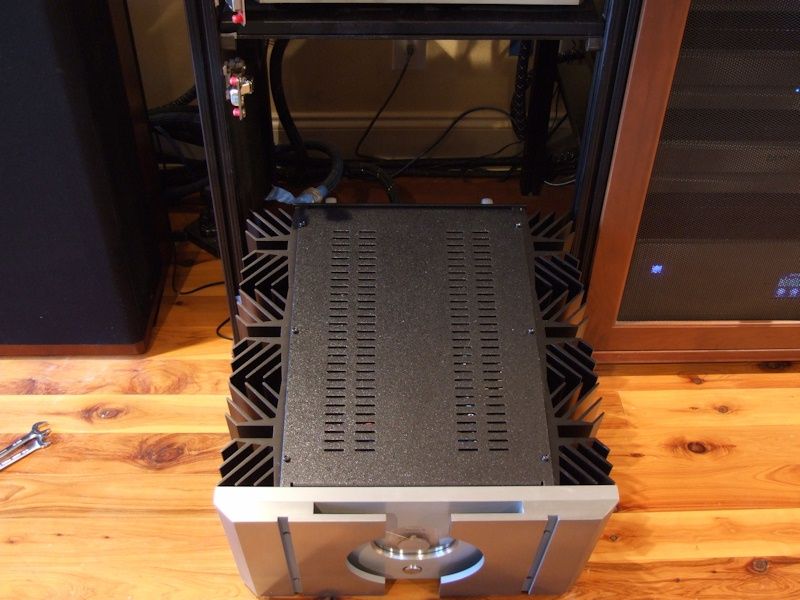
Such good fun fitting heavy 19" wide amps into a 19.75" wide space. Picture above from this thread:
http://forum.polkaudio.com/discussion/147896/pass-labs-x600-5-monoblock-power-amplifiers/p1
Those rear handles really came in handy. Prior to installation, I placed 1-1/4" diameter felt pads under each of the amp's feet to make it easier to slide into the cabinet. I also removed the left and right cabinet doors. I picked the rear of the amp up by the handles and placed the rear feet onto the cabinet platform. I then slid long sheets of single wall corrugated cardboard on each side of the amp to protect it, and the cabinet's metal columns, from touching. Next I picked up the amp from under the faceplate and slowly slid it into place, being mindful that I only had 3/8" of clearance on either side of the amp.
The amps are 21.4" from the front edge of the face plate to the ends of the handles and the face plate is 1-3/4" from the front edge of the bottom shelf. The bottom shelf is 19-3/4" deep, therefore 3.4" of the amp extends beyond the rear edge of cabinet's bottom shelf. There is 5.25" of space between the wall and the rear edge of the cabinet, which leaves 1.85" of clearance between the handles and the wall.
The cabinets come with rear panels, but of course, I couldn't use them because of the protruding amps and all the thick cables behind the components. I wouldn't have used the rear panels anyway due to ventilation concerns. The cabinet came with wood side panels, but I purchased optional black metal mesh side panels for improved ventilation.,,,,I have the Pass Labs XA200.5 Mono-blocks and I think they are same size as your 600s....just curious....
No, your amps are a little heavier (+27 pounds) and a lot longer (+6") than mine.,,,,what model is this?
It is a Salamander Synergy Triple 30.Looking at the Salamander 30 Series the depth is 19.75" my XA200.5 amps are 29" deep. Is there another series of these cabinets that are deeper?
Not that I know of. I imagine it would be a challenge to find audio cabinetry deep enough to accommodate the XA200.5s.
Proud and loyal citizen of the Digital Domain and Solid State Country!


